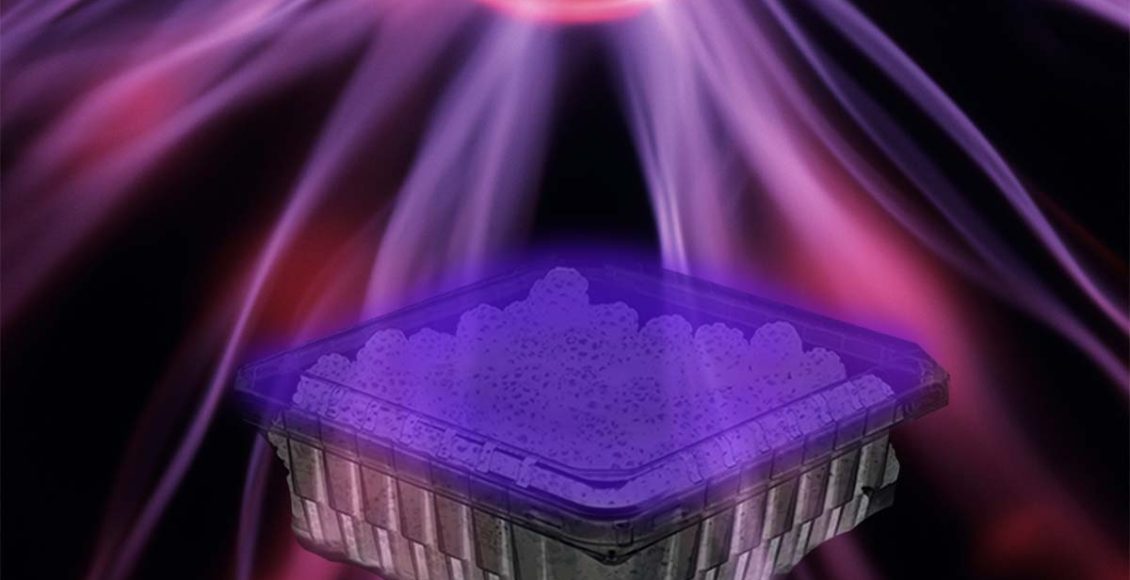
Cold Plasma Technology- a novel non-thermal technology with multi-faceted applications
Introduction
The current pandemic situation has changed the on-ground situations and operational models of almost all industries. Now there is increased scrutiny on aspects like the hygiene and cleanliness not only in critical sectors like healthcare, food processing & handling but also in our day to day lives as well. Surface disinfection and sterilization have become central to our daily lives resulting in increased usage of cleaning and disinfection agents which the added cost and complexity. The exploration for cleaner, simpler, and cheaper technologies is more active now and technologies like UV-C sterilization have gained more acceptance across the sectors. Cold Plasma or Atmospheric Pressure Plasma is another novel technology that can be explored for solving a number of current problems.
Cold Plasma Technology and Principle
Plasma can be explained as the fourth state of matter after solids, liquids, and gases. When a material is subject to continuous energy, its state changes from solid to liquid and further to gas. When the gas is subjected to further energy, the gas gets ionized and forms free electrons and ions breaking away from their orbitals. This resultant state called plasma has very high temperatures and often needs vacuum. The Sun, Lightening during rain are some examples of natural plasmas. Cold plasma is generated when the gas is partially ionized at atmospheric pressure or low-level vacuum. The resultant cold plasma consists of free electrons, ions, UV radiation, and reactive chemical species like O3, NO, NO2, etc.
Advantages/ benefits of technology
The short-lived reactive species, radiation and energy are employed for a wide range of applications like surface disinfection, surface property modification, etc. By changing the source gas and other conditions the nature of plasma and the resultant reactive species can be altered significantly to suit the varying applications. The other advantages of cold plasma include low heat generation during the process which makes it suitable for a wide array of temperature-sensitive applications, short-lived reactive species which leave no residue or waste making it a clean technology, and low operating cost compared to energy-intensive thermal processes.
Applications across industries
The application capability of cold plasma technology is practically limitless owing to the flexibility offered in terms of concentration, composition, and delivery of the plasma constituents. Cold plasma is currently being employed at a commercial level in Polymers and Packaging, Healthcare, Textiles, and Electronics industries. Extensive pilot level applications are being studied across the world by various research groups and companies in sectors like Agriculture, Food processing and handling, Waste treatment, Chemical manufacturing, 3D printing, etc. and for General Hygiene and Disinfection purposes. The common modes of action of cold plasma applications are: plasma surface cleaning in which the treated surface is cleaned by the action of plasma components; Plasma surface activation in which the treated surface is activated at a microscopic/ molecular level improving the surface properties like adhesion; Plasma surface etching to erode the surface layer at microscopic level after treatment to modify the surface properties and; Plasma surface deposition or coating for changing the microstructure of the surface by depositing new molecules to increase surface activity and area. These modes are employed individually or in combination at varying levels to suit the applications and their scope further broadens when the lower-level phenomenon within these modes is considered.
Agri and Food: The cold plasma technology finds numerous applications in the agriculture and food sector at all the levels of the value chain from farm to consumer markets. Some of the application areas are:
- Cold Plasma application has shown to improve seed germination characteristics. Past and on-going research on this area on various crops like wheat, maize, safflower, and soybeans and tomato has shown higher germination rates in the plasma-treated seeds. This is attributed to a combination of changes like increase in water absorption due to changes in seed surface wettability, breaking of seed dormancy, seed coat erosion, and removal of seed pathogens. This can also be employed in the malting industry for enhancing germination rates and reducing the cycle times.
- Fertigation can be effectively employed by using “Plasma Activated Water (PAW)”. The application of cold plasma to water using air as a medium will help in converting the nitrites to nitrates thus acting as a fertilizer, opening up a huge potential for generating the fertilizer on farm it-self. Various pilot level research projects are on-going across the world, which have the potential to change the way N-fertilizers are administered.
- It can also be employed for changing the microstructure and colloidal properties of foods for e.g. in the production of modified starches.
- In fresh produce handling, PAW can replace chemical cleaning agents like chlorine, QUAT compounds, and other disinfectants. The reactive oxygen species, ions, and active electrons are very effective in cleaning and disinfecting produce as room temperature while reducing the load on wastewater treatment.
- Cold plasma can be effectively utilized for surface disinfection in food processing facilities. In-line disinfection can be carried out without the use of water or chemical disinfectants and helps in the effective tackling of bio-film problems on the surfaces.
- Cold plasma can be employed for mycotoxin inactivation at a cheaper and faster rate. The current methods of mycotoxin inactivation are very complex, in-efficient, and energy-intensive.
- The Reactive Oxygen and Nitrogen Species produced during the plasma generation can also be effectively used for the degradation of pesticides in the produce surface.
- Cold plasma can be utilized for disinfection of pests on grain surfaces, particularly effective in handling microscopic eggs and larvae on the surface.
- Various research and pilot studies have demonstrated the ability of cold plasma in controlling the foodborne pathogens like Salmonella, Escherichia coli O157:H7, non-O157 STECs, Listeria monocytogenes, and norovirus at varying degrees. There is a wide diversity in the treatment protocols like treatment time, gas employed, pressure, and mode of delivery of plasma on to the food surface in all these studies. Suitable method needs validation with respect to operating conditions like variety/ type of food, initial microbial load, and target micro-organisms.
- SAFE BAG, a project funded by EU, has studied the ability of cold plasma in reducing the microbial load of E.coli and aerobic bacteria in the prepackaged fresh produce like Strawberries, Cherry tomatoes, and Lettuce. A log two log reduction has been observed in the pathogenic load without altering the sensory properties. This type of technology can be employed in the fresh produce industry with due validations and process improvements to suit the commercial markets.
Author:

Srirama Chaitanya Manyam
Manager- Food Processing and Retail practice
Connect with Authors at: lifesciences@sathguru.com
 Grow Beyond
Grow Beyond 

